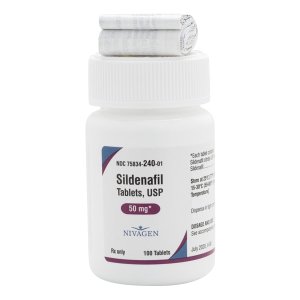C3TI aims to increase the use and understanding of Bayesian statistical methods in simple clinical trial settings across sponsors, CDER clinical reviewers, and CDER statisticians. The Bayesian Statistical Analysis (BSA) demonstration project supports this goal by providing a structured opportunity to use Bayesian approaches for the pre-specified primary analysis, supplementary analysis, or monitoring of simple trials (e.g., trials with a non-adaptive or straightforward sequential design).
Bayesian methods can enhance trial design, conduct, interpretation, and decision-making by facilitating direct evidentiary statements (e.g., about probabilities of effectiveness), supporting trial monitoring, unifying evidence across multiple endpoints, formally incorporating credible prior data into the primary analysis, and leveraging all relevant trial data in subgroup analyses. These methods offer different perspectives in the assumptions made or addressed for an analysis when compared to frequentist approaches and are gaining traction in areas such as early-phase development, pediatric trials, and studies involving small populations or complex designs.
Benefits of Participation
Participation in the BSA demonstration project provides sponsors with additional CDER support to align on the statistical analysis plan, ensuring it robustly supports drug safety and efficacy evaluations while improving trial efficiency. The project fosters collaboration with FDA/CDER subject matter experts in Bayesian statistics, encouraging knowledge exchange and methodological refinement.
For sponsors using Bayesian methods as a supplementary analysis, the project offers an opportunity to gain practical experience with these approaches in an experiment-friendly environment, without impacting primary analysis methods or decision criteria.
Bayesian methods offer several advantages, including the ability to incorporate prior knowledge, adapt to accumulating data, and provide probabilistic insights that enhance decision-making under uncertainty. These features can lead to faster, more targeted trials with improved precision and potentially reduced sample sizes, particularly in settings with small populations or complex subgroup analyses.
By participating in this demonstration project, sponsors can demonstrate the value of Bayesian approaches in drug development and contribute to their broader adoption in future regulatory contexts.
Eligibility Criteria for BSA Demonstration Project Proposals
- The sponsor has an active pre-Investigational New Drug (IND) or IND for the product(s) included in the proposal.
- The trial must be a phase 3 efficacy or safety trial with a simple design, such as a trial with a non-adaptive or straightforward sequential design (e.g., a trial with the potential for stopping early for efficacy or futility).
- The Bayesian analysis may be used for one of the following:
- Pre-specified primary analysis
- Supplemental analysis of the primary endpoint in the overall study population and/or in relevant subgroups (i.e., for subgroup analysis).
- Trial monitoring
- The BSA demonstration project is intended for less complex applications or applications where the proposed method is more familiar. Examples include pediatric borrowing, hierarchical models for subgroup analyses, or sequential analyses.
- The sponsor and FDA can reach agreement on the trial design information to be publicly disclosed.
- Sponsors participating in demonstration projects will be expected to share select details of their clinical trials and the implementation of clinical trial innovations as they progress, starting as early as the finalization of study design. This sharing may include updates, lessons learned, and relevant insights gathered during the trial. It is understood that these shared details will reflect general principles and innovative aspects, while maintaining the necessary confidentiality of proprietary or sensitive information.
Instructions on how to submit a proposal can be found on the C3TI Demonstration Program Proposal Submission webpage.
-
Content current as of:
06/11/2025
-
Regulated Product(s)
Topic(s)






